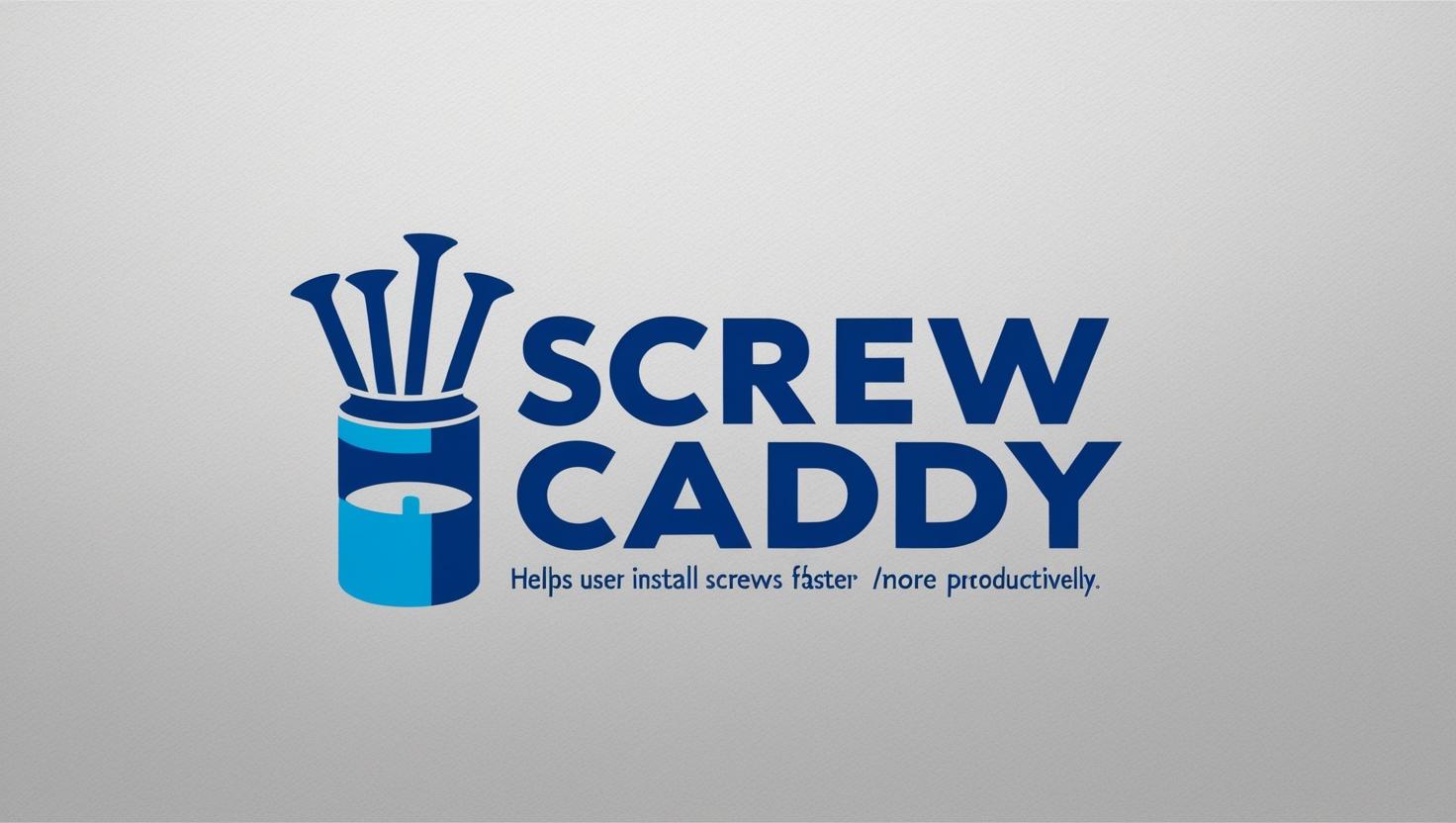Lubricating screws reduces friction, making them easier to drive and potentially preventing galling, while unlubricated screws can lead to increased friction and heat, potentially damaging the threads or the material being fastened.
Lubricated Screws:
Benefits:
- Reduced friction: Lubrication minimizes friction between the screw threads and the material they are being screwed into, making it easier to drive the screw.
- Easier driving: This reduced friction translates to less effort required to turn the screw, saving time and effort.
- Reduced heat generation: Less friction means less heat is generated, which can be important in certain applications or materials that are sensitive to heat.
- Prevents galling: Lubrication can help prevent galling, which is the seizing or sticking of threads due to extreme friction and heat.
- Easier removal: Lubricated screws are generally easier to remove later, as the threads are less likely to seize or corrode together.
- Improved torque accuracy: Lubrication can reduce friction scatter, leading to more consistent and accurate torque application.
- Prevents corrosion: Some lubricants can also help protect fasteners from corrosion.
Drawbacks:
- Torque reduction: Lubrication can affect the required tightening torque, potentially leading to over- or under-tightening if not accounted for.
- Lubricant contamination: Some lubricants can attract dirt or other contaminants, which can negatively affect performance.
- Material compatibility: Not all lubricants are compatible with all materials, so it’s important to choose the right lubricant for the application.
- Moisture: Some lubricants can draw in moisture, which can lead to corrosion or other problems.
Unlubricated Screws:
Benefits:
- Simplicity: No need for lubrication, which can be a simpler process.
- No lubricant contamination: No risk of lubricant contamination or incompatibility issues.
- Accurate torque: Torque values are more predictable in unlubricated applications.
Drawbacks:
- Increased friction: Unlubricated screws experience higher friction, making them harder to drive and potentially generating more heat.
- Galling: Increased friction can lead to galling, especially in applications with high loads or temperatures.
- Difficult removal: Unlubricated screws may be difficult to remove later, as the threads can seize or corrode together.
- Reduced lifespan: Increased friction and heat can accelerate wear and tear, potentially reducing the lifespan of the screw and the material being fastened.
